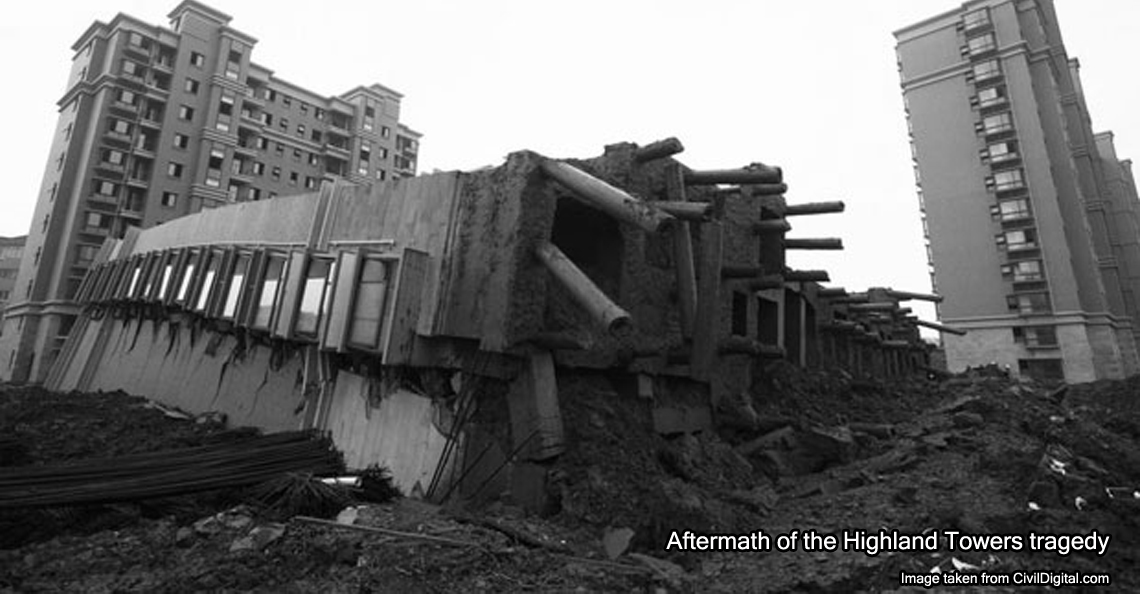The dark history behind the founding of Msia’s SMART rescue team

- 167Shares
- Facebook142
- Twitter5
- LinkedIn5
- Email5
- WhatsApp10
Earlier this week, parts of central Turkiye and western Syria were hit by two devastating earthquakes measuring 7.8 and 7.5 magnitudes on the Richter scale respectively. That’s two earthquakes that were individually stronger than the Nagasaki atomic bomb. As of today, more than 12,000 people had been found dead with many still critically injured and missing.

And since Malaysia is on friendly terms with Turkiye, our Prime Minister, Datuk Seri Anwar Ibrahim sent over two of our Special Malaysia Disaster Assistance and Rescue Teams (SMART) on a search and rescue mission. The lads were reported as very efficient at doing their job, and as a result, doing us all proud as well.
In case you haven’t heard of the SMART team before, it is a disaster relief and rescue task force under the National Security Council’s purview, and the reason why Malaysia had to come up with a team like that is actually quite heartbreaking.
It all started in 1993 with the Highland Towers collapse

Following 10 days of torrential rain, at 1.30pm on 11 December 1993, Block 1 of the Highland Towers gave way, sending 12 floors’ worth of brick and mortar tumbling to the dirt below. Over 500 rescue workers from Singapore, France, Japan, UK, and the US were quick to arrive at the scene. Despite danger of the other two blocks that make up the apartments collapsing, the rescuers worked around the clock through dirt and debris to find the buried occupants. Residents from Blocks 2 and 3 were immediately evacuated.
Within 24 hours, three survivors would be pulled out of the rubble – an Indonesian lady, Umi Rasyidah and her toddler, Nur Hamidah Nadjib, along with Japanese national Shizue Nakajima. Unfortunately, Shizue would later succumb to her injuries, and as if to add insult to injury, no other survivors would be found. The search for survivors would end at 3pm, 17 December 1993, and a week later, the body count numbered 48.

A memorial service was held on 11 June 1994, and a plaque was erected on-site in honor of those who died in what would later be called a national tragedy. To this day, painful memories would haunt the survivors of the Highland Tower collapse. A classmate of Douglas Ong Tee Meng, who perished in the incident, recounted his regrets:
“…I could have saved him. He [Douglas] was a very dear friend and I was on the phone with him about 24 hours before the incident. I remember that I had invited him over to my place but he declined because he needed to babysit his cousins,” – Douglas’s anonymous classmate, in an interview with The Edge Markets
Dr. PG George, a survivor of the collapse, recalled leaving office that day at 1.15pm and arriving at the scene of the disaster, finding no home or family to return to:
“I was hoping against hope that at least one would survive. Losing one family member was bad enough … can you imagine losing all of them?” – Dr. PG George on the loss of his wife and two children
In the wake of the catastrophe, an investigation was launched to find out what exactly had caused Block 1 of the Highland Towers to crumple like a house of cards. A combination of heavy rain and burst diversion pipes were identified as the main direct causes of the landslide that triggered the Tower’s fall. It also didn’t help that a massive clearing of trees and ground cover that was (at that time) part of a new development project that sat right behind the Highland Towers. As a result, the government froze all hillside development project from December 1993 till June 1994, and…
The SMART rescue team was established in case of disasters in the future

The Highlands Tower collapse was the straw that broke the camel’s back, but the lack of a disaster response team had been noticed in prior incidents:
- The collapse of the Sultan Abdul Halim Jetty in Butterworth, Penang in 1988 (32 dead, 1,674 injured)
- The explosion at the Sg. Buloh Bright Sparklers fireworks factory in 1991 (22 dead, 103 injured)
- The fire on the Choon Hong III ship at Port Klang (13 dead)
…and following the Highlands Tower disaster, the SMART rescue team was founded in 1994 to spearhead rescue operations. Two years later in 1996, SMART would head out on its first two search and rescue missions, both being bus accidents in Genting Highlands. The team has since completed over 30 operations in Malaysia and abroad, with perhaps the most notable being the post-2011 Tohoku earthquake mission.
The team is pretty exclusive – you gotta be a member of either the Fire & Rescue Department, PDRM or Malaysian Army to even apply, and to keep their skills sharp, they regularly have training sessions with search and rescue departments locally and internationally. They’re very recognizable in their uniforms, too:

…those white stripes really set them apart from the other Malaysian uniformed bodies.
To end the article, we gotta mention that the United Nations has recognized SMART as one among the elites when it comes to search and rescue teams, having awarded it with International Search and Rescue Advisory Group (INSARAG) certification in 2016. That makes Malaysia one of the only two countries in Southeast Asia with an INSARAG-certified search and rescue team, with the other being Singapore.
- 167Shares
- Facebook142
- Twitter5
- LinkedIn5
- Email5
- WhatsApp10



